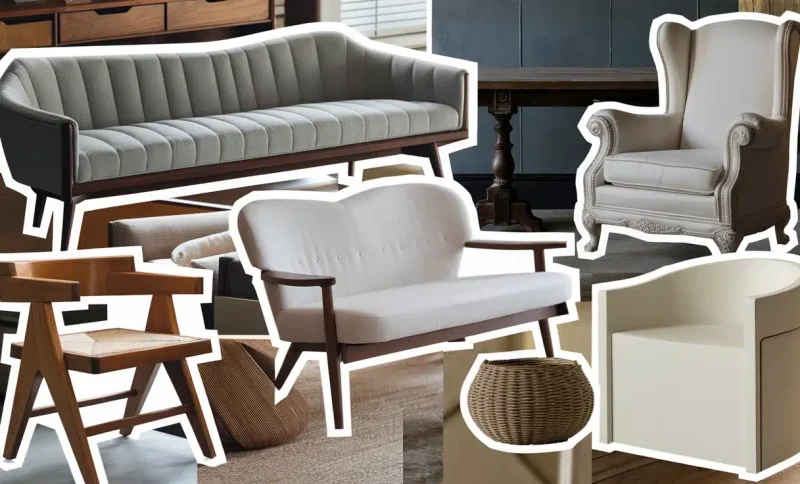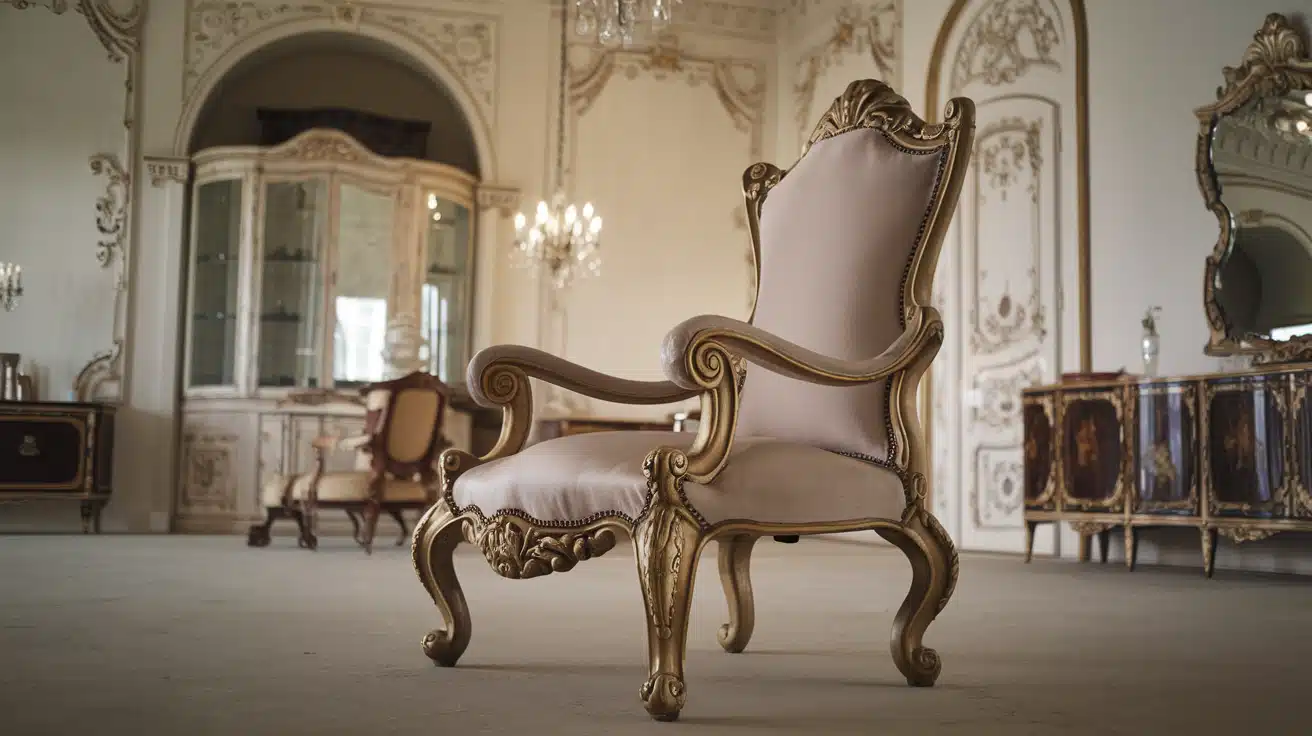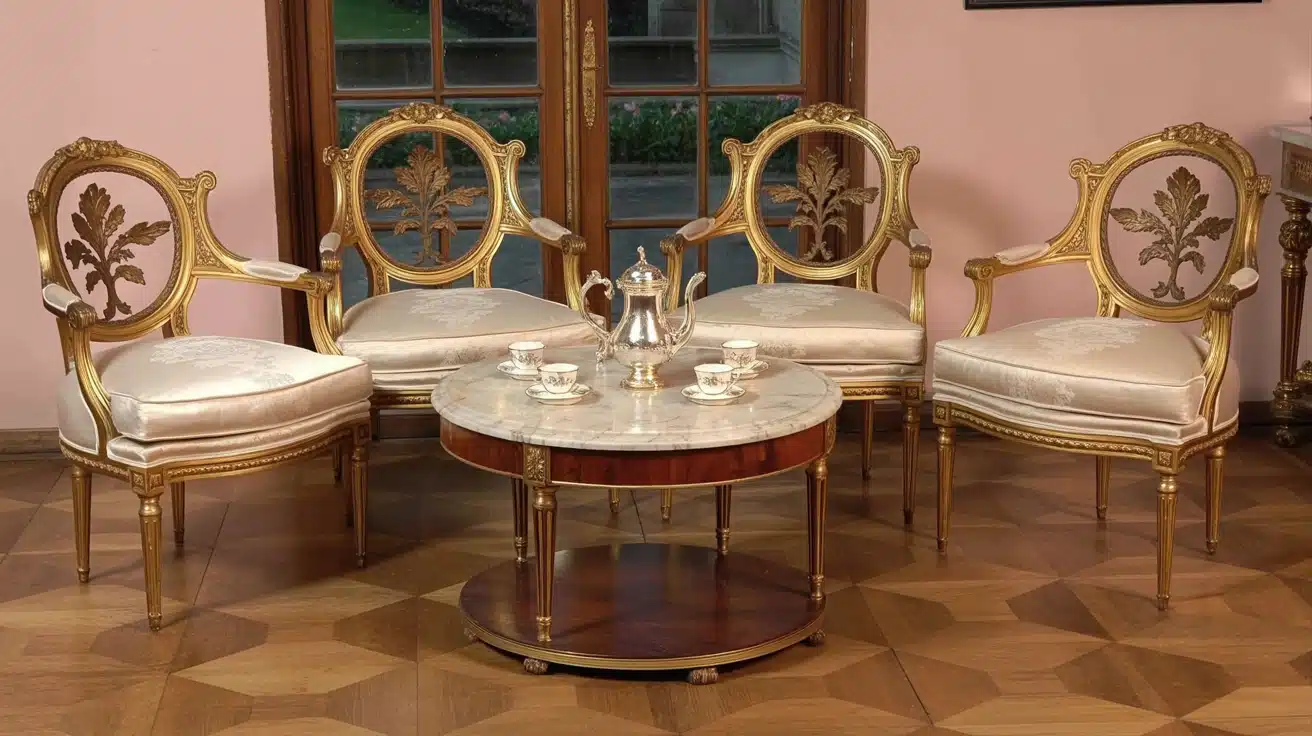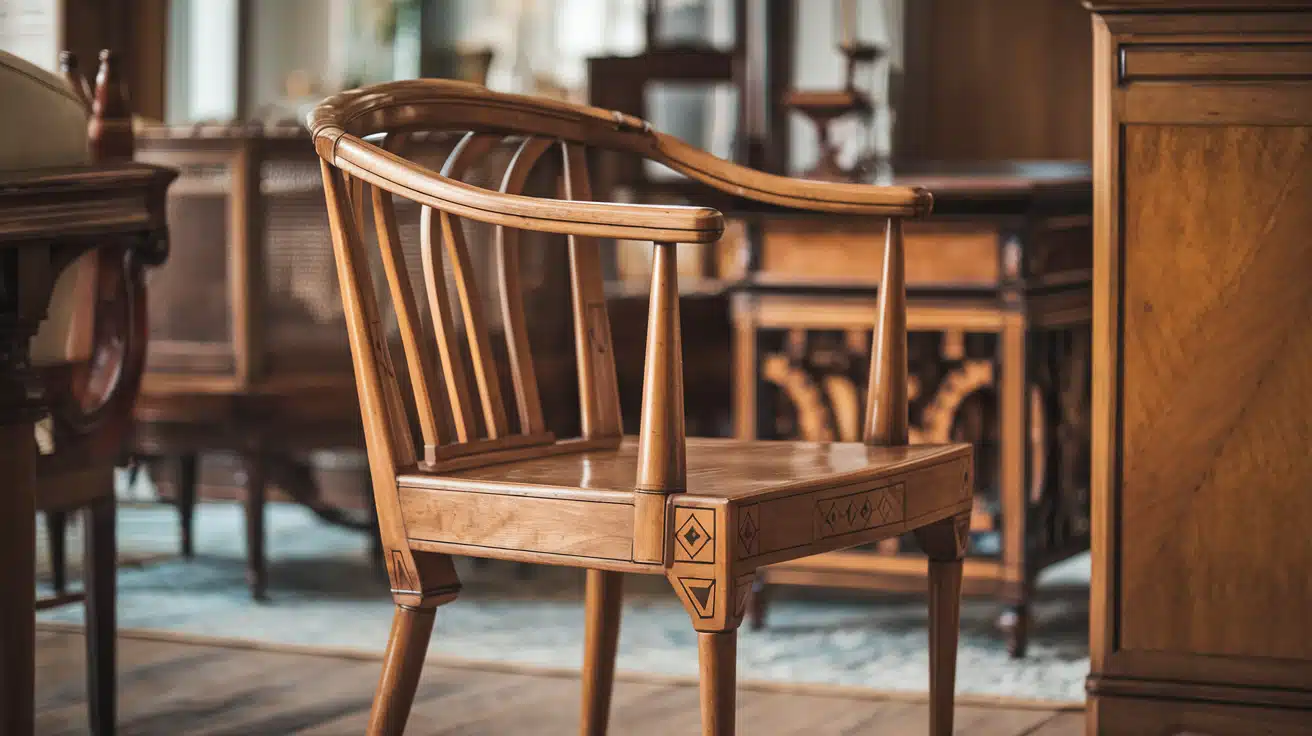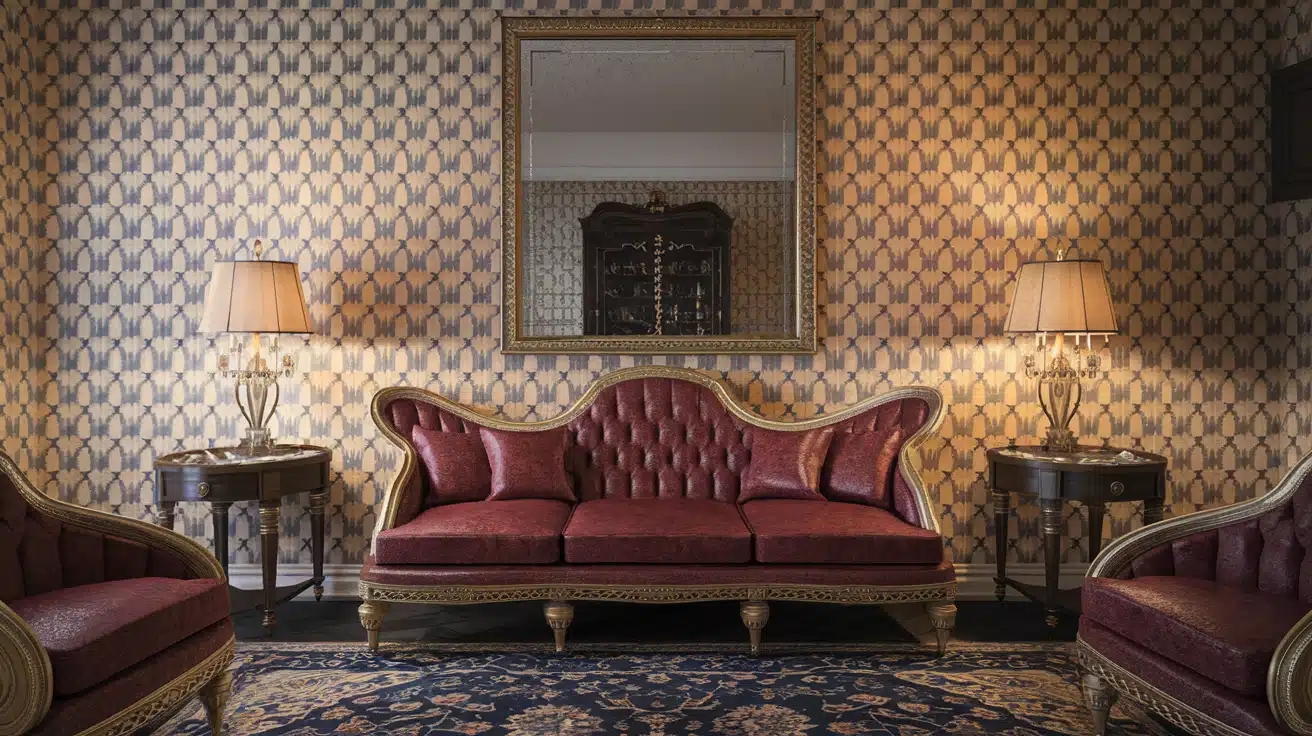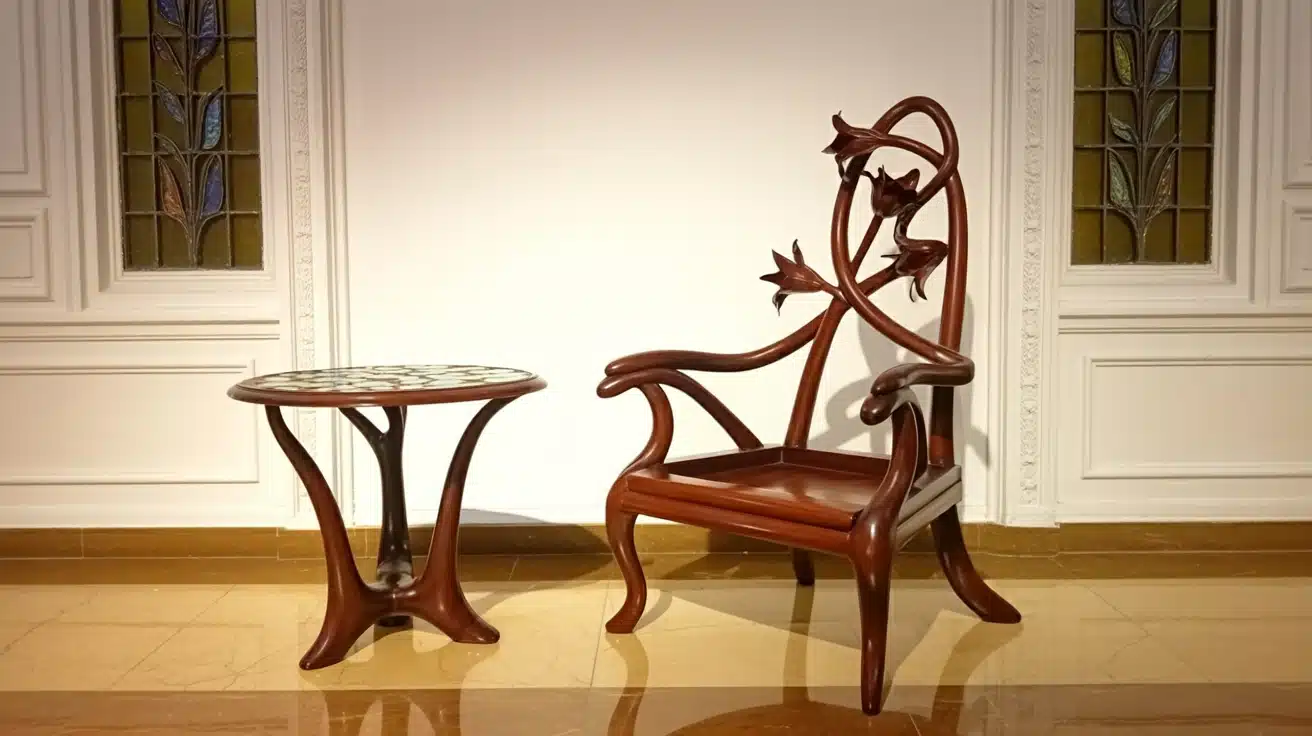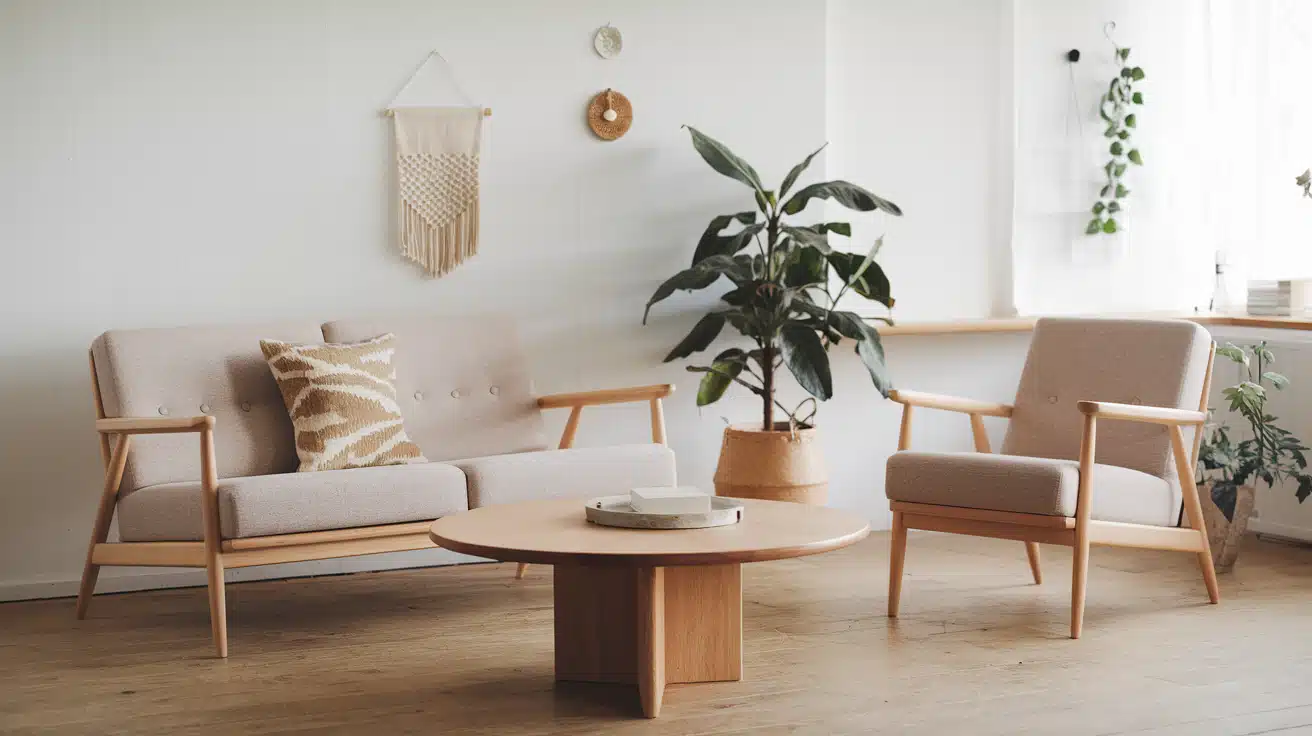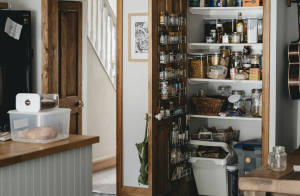Furniture styles tell stories. They connect us to different eras, cultures, and ways of living.
But when you’re standing in a showroom or planning a woodworking project, identifying these styles can feel overwhelming.
Is that a Chippendale or a Queen Anne chair? Should you mix Industrial with Farmhouse, or will it clash? And what does “Japandi” even mean? This guide cuts through the confusion.
You’ll learn to recognize major furniture styles at a glance, understand what makes each one unique, and understand how to apply them in real design and woodworking projects.
We’ll cover identification tips, pricing insights, mixing strategies, and practical advice for both homeowners and craftspeople. By the end, you’ll speak the language of furniture styles with confidence.
How to Identify a Furniture Style?
Identifying furniture styles starts with observation. Check the silhouette first, curved shapes suggest Rococo, geometric forms point to Bauhaus, and linear designs indicate Modern style.
Look at the legs and feet: cabriole legs signify the 18th century, tapered legs indicate the 1950s, and metal sled bases demonstrate contemporary influence.
Examine the materials like mahogany, teak, oak, rattan, brass, or reclaimed wood. Study the joinery: hand-cut dovetails appear before 1900, while machine-made joints come after the 1930s.
Notice the hardware, with its brass pulls, carvings, inlays, or simple handles, which tell different stories. Finally, observe the finish and color from natural oils to lacquer or matte paints.
Pro Insight: Woodworkers focus on construction details and joinery, while designers study proportion and the feeling a piece brings to a room.
Things to Consider Before Choosing a Style
Before you fall in love with a particular furniture style, take a step back and consider these practical factors that will save you time, money, and design regrets:
- Match your space and architecture: farmhouse furniture feels out of place in a glass loft, so choose styles that complement your home’s structure.
- Define the functionality: decide if you need comfort for daily use, durability for high traffic, or a statement piece that draws attention.
- Consider maintenance and materials: some wood species need regular care, upholstery requires cleaning, and metals may tarnish or rust over time.
- Align with personal or brand aesthetics: your furniture should reflect your style, whether that’s cozy and warm, luxurious and bold, minimal and clean, or eclectic and creative.
Designer Tip: Start with a mood board that includes your color palette, textures, and focal pieces to create a clear vision before buying anything
25 Classic & Modern Furniture Styles Explained
Now that you know how to identify furniture styles and what to consider before choosing one, let’s explore the complete collection of 25 classic and modern furniture styles that have shaped interior design history:
1. Baroque (1600s–1750s, Italy/France)
Grand and heavily ornamented with gilding, rich wood, curved legs, and bold carvings. This style dominated European palaces and churches with its theatrical presence.
- Best for: Statement furniture restoration or luxury reproductions
- Design note: Dramatic pieces work best as focal points in large rooms
- Price: $3,000 – $15,000+
2. Rococo (1730–1770, France)
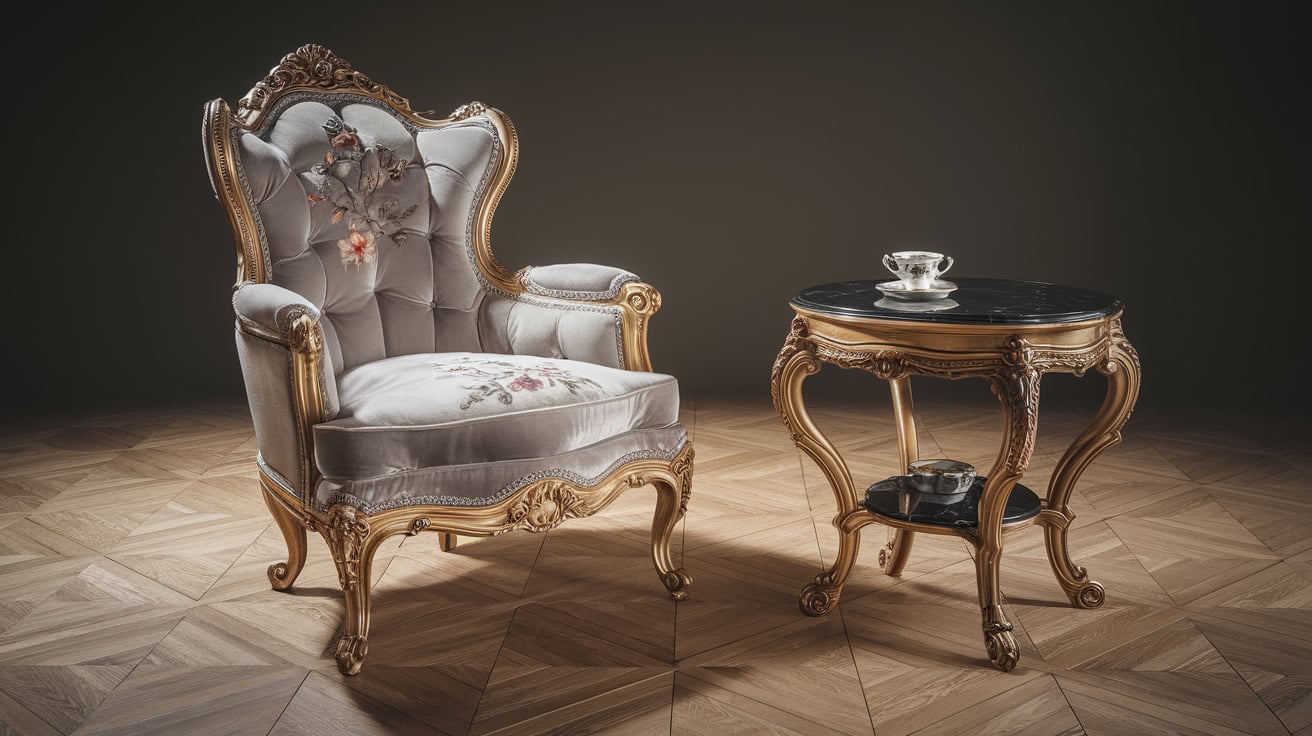
Playful and lighter than Baroque with asymmetrical designs, scroll motifs, pastel hues, and flowing carvings. Born in French salons, it celebrates romance and whimsy.
- Best for: Artisans mastering decorative woodworking
- Design note: Works well in feminine spaces or French-inspired interiors
- Price: $2,500 – $12,000+
3. Neoclassical (1760–1830, Europe)
Symmetry, columns, and refined proportions inspired by Greek and Roman architecture with veneers, inlays, and brass accents. This style brought order and grace after the excesses of Rococo.
- Best for: Formal dining rooms and traditional home offices
- Design note: Pairs beautifully with marble and neutral tones
- Price: $1,800 – $10,000+
4. Chippendale (1750s–1780s, England)
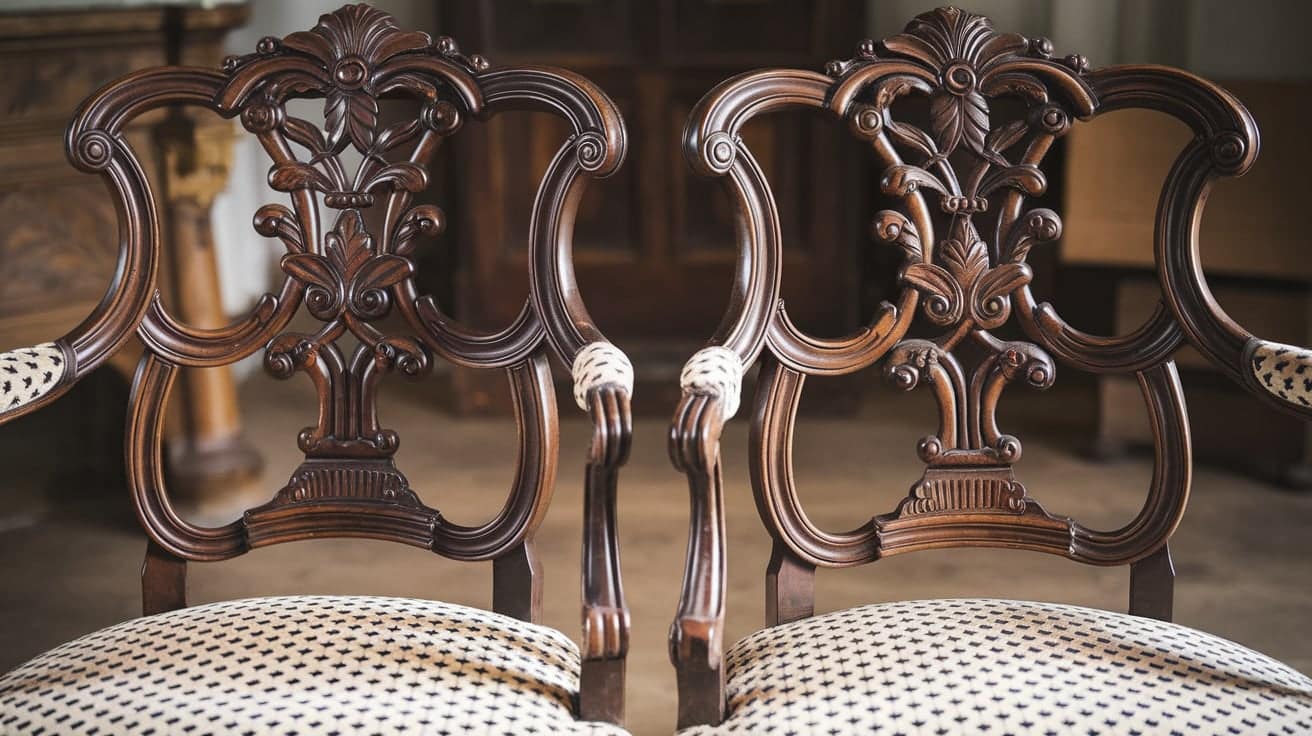
A blend of Gothic and Asian influences with claw-and-ball feet, pierced back splats, and rich mahogany. Named after cabinetmaker Thomas Chippendale, it remains highly collectible.
- Best for: Furniture makers studying carved detail
- Design note: Perfect for traditional libraries and formal spaces
- Price: $1,500 – $8,000+
5. Hepplewhite & Sheraton (1770–1820, England)
Light, graceful designs with tapered legs and geometric inlays. These styles brought delicate complexity to Georgian homes.
- Best for: Professional woodworkers practicing balance and proportion
- Design note: Offers a refined look without Baroque heaviness
- Price: $1,200 – $7,000+
6. Empire / Federal (1800–1840, France & America)
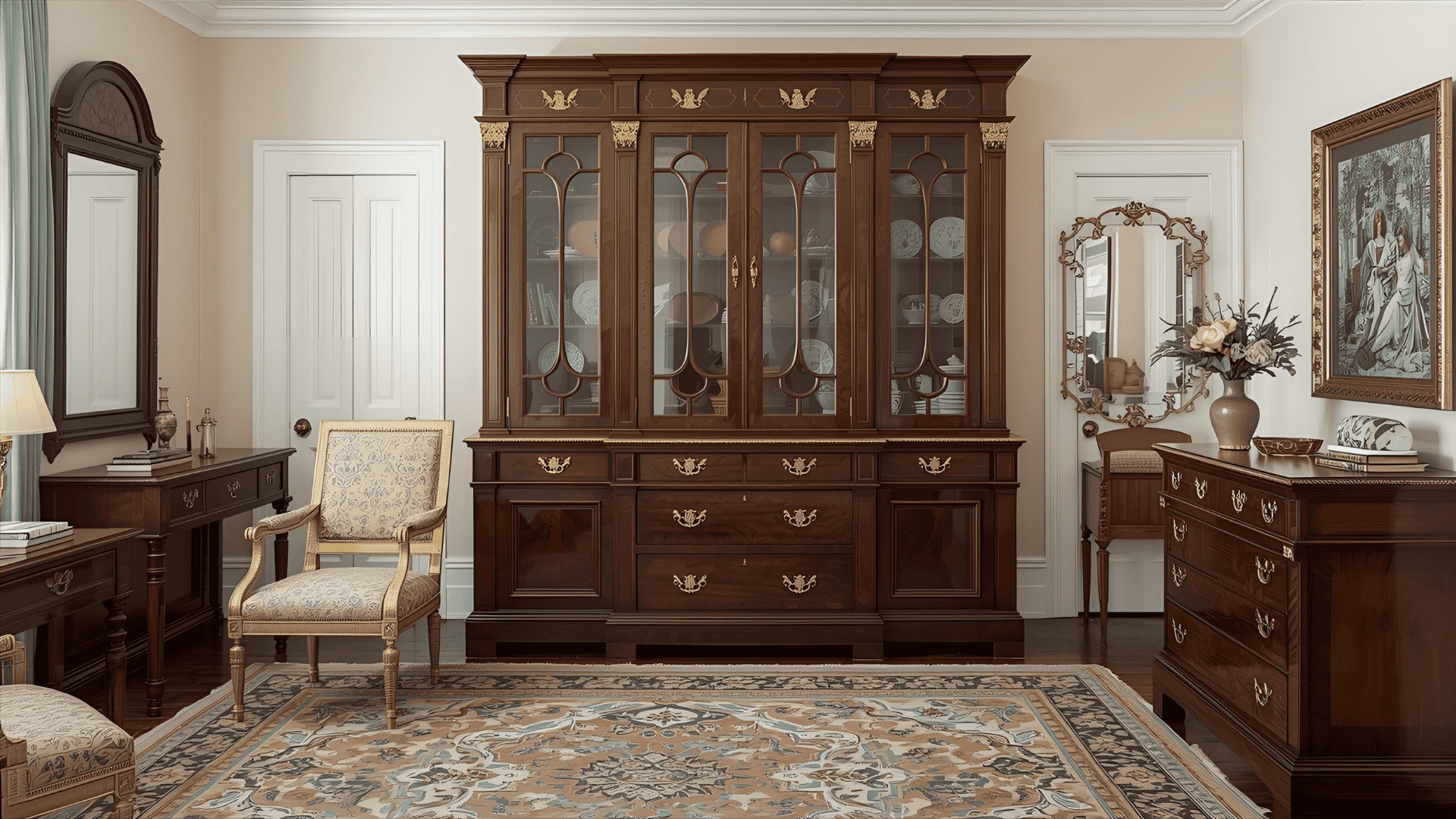
Bold silhouettes with classical motifs like laurel wreaths and eagles, strong symmetry, and ornamental brass hardware. Napoleon’s influence made this style a symbol of power and prestige.
- Best for: Government buildings and stately homes
- Design note: Commands attention with patriotic and classical themes
- Price: $1,500 – $9,000+
7. Victorian (1837–1901, UK/US)
Ornate carvings, plush upholstery, and dark woods like walnut and rosewood. This era was characterized by excess and comfort during the Industrial Revolution.
- Best for: Romantic spaces and antique collectors
- Design note: Layer with rich fabrics and vintage accessories
- Price: $800 – $6,000+
8. Eastlake (1870s–1890s, UK/US)
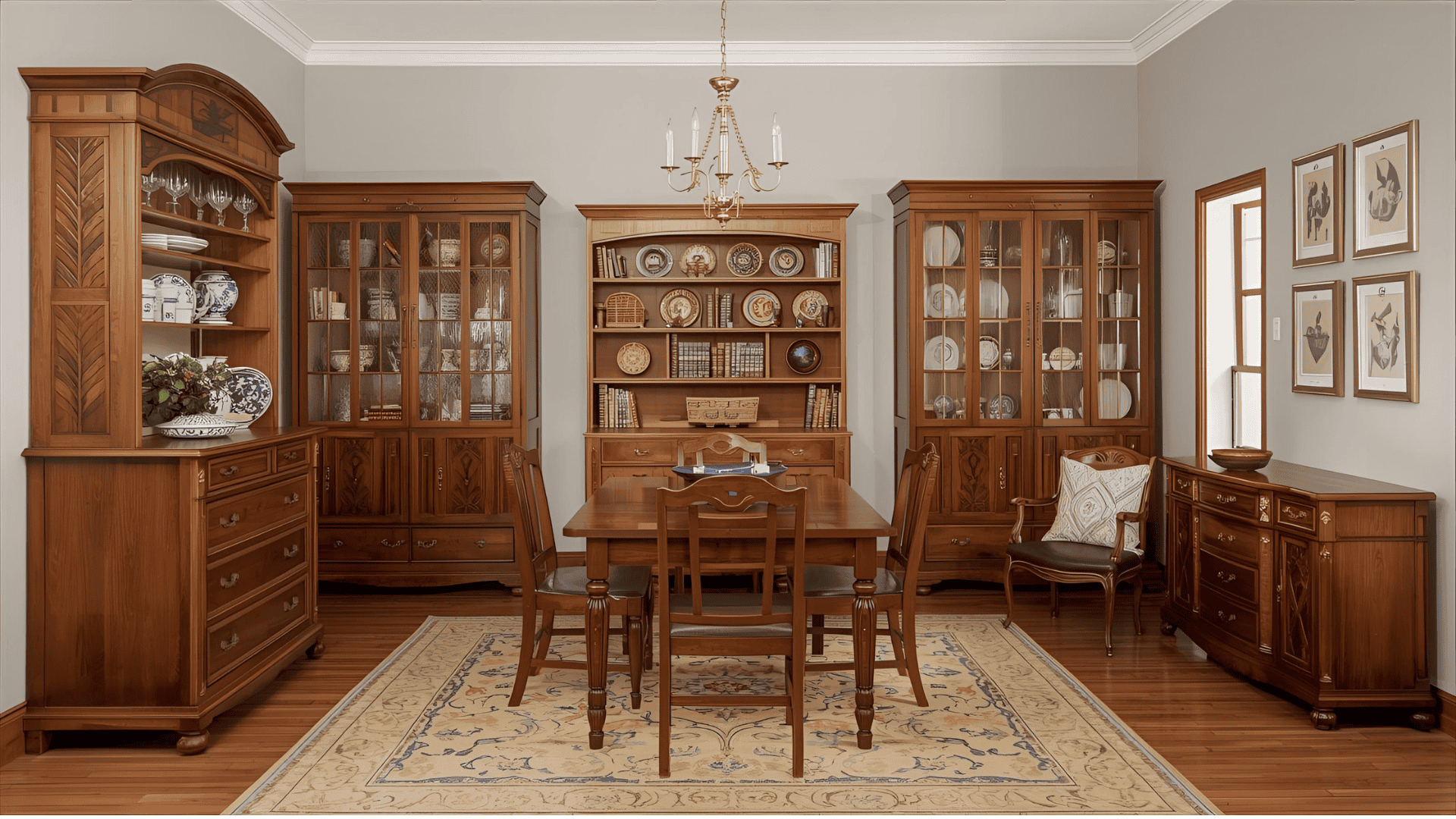
Simpler, geometric carvings made possible by machines. Charles Eastlake promoted honest construction over Victorian ornamentation.
- Best for: Builders balancing handcraft and industrial methods
- Design note: Bridges Victorian excess and Arts & Crafts simplicity
- Price: $600 – $4,000+
9. Arts & Crafts / Mission (1880–1910, UK & US)
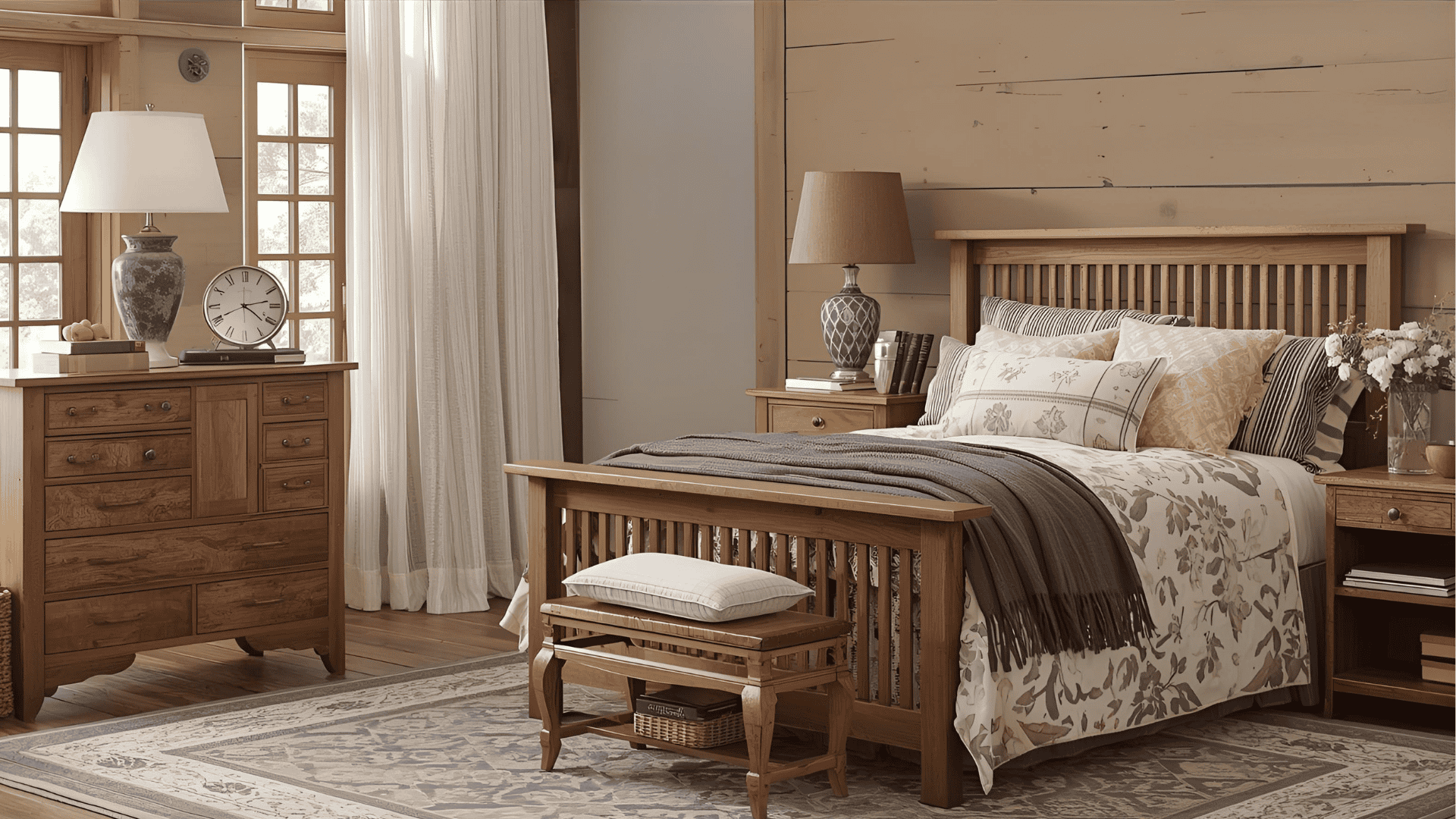
Simple, honest craftsmanship with solid oak, visible joinery, exposed tenons, and straight lines. This movement rejected mass production in favor of handmade quality.
- Best for: Handcrafted purists and bungalow homes
- Design note: Celebrates wood grain and structural beauty
- Price: $700 – $5,000+
10. Art Nouveau (1890–1914, France & Belgium)
Curved lines inspired by vines, flowers, and organic forms with sculptural woodworking. Nature became the primary muse for this artistic movement.
- Best for: Art collectors and statement pieces
- Design note: Use sparingly as artistic focal points
- Price: $2,000 – $12,000+
11. Art Deco (1920s–1930s, Global)
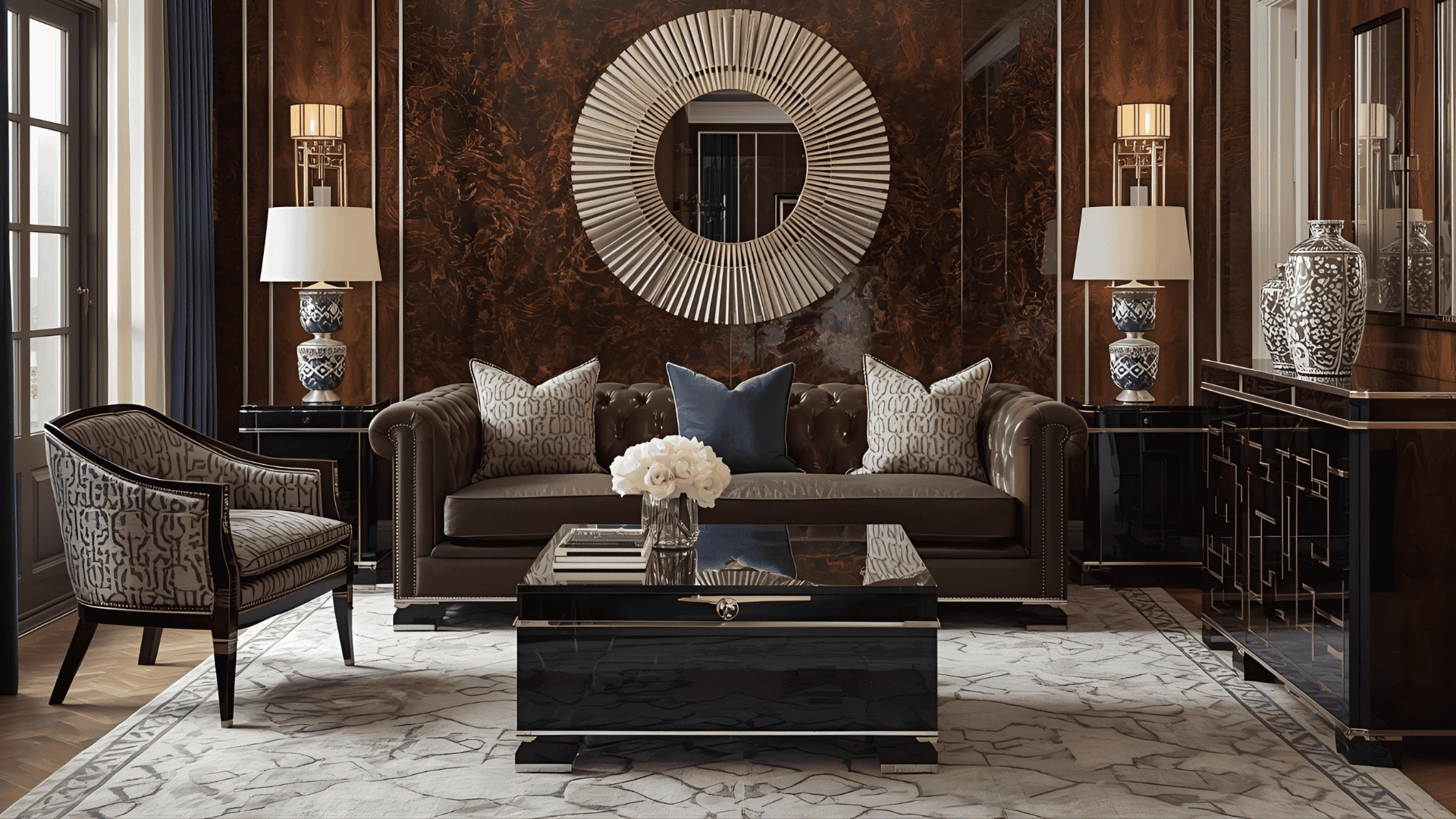
Geometric patterns, glossy lacquer finishes, mirrored details, and chrome accents. The roaring twenties brought glamour and modern luxury to design.
- Best for: Designers seeking drama and glamour
- Design note: Embodies jazz age luxury and precision
- Price: $1,200 – $8,000+
12. Bauhaus / International Modern (1920s–1940s, Germany)
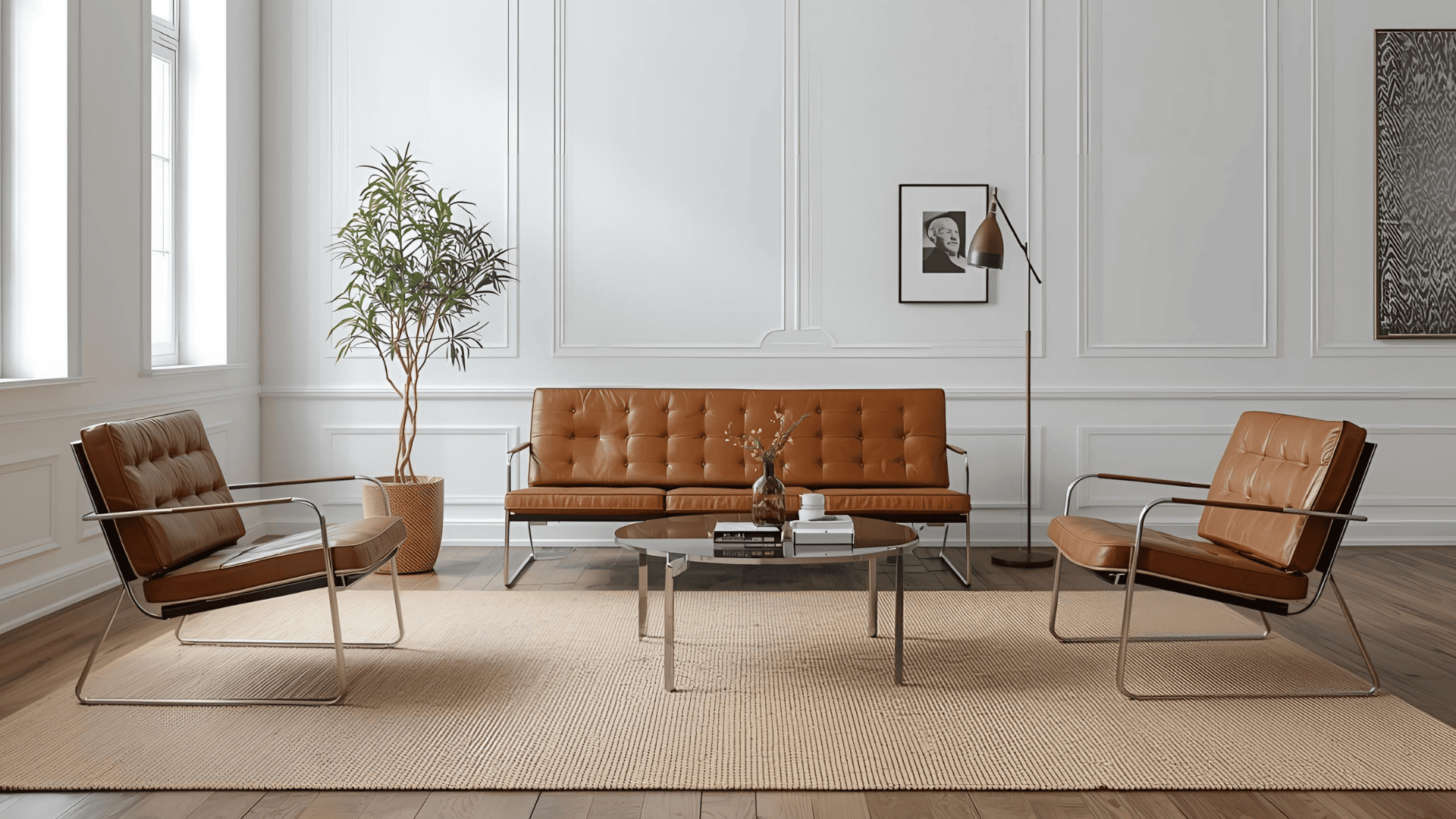
Form follows function with tubular steel, clean lines, leather, and glass. This German school changed how we think about design forever.
- Best for: Modern industrial design principles
- Design note: Foundation of minimalist and functional furniture
- Price: $800 – $6,000+
13. Mid-Century Modern (1940s–1960s, US & Scandinavia)
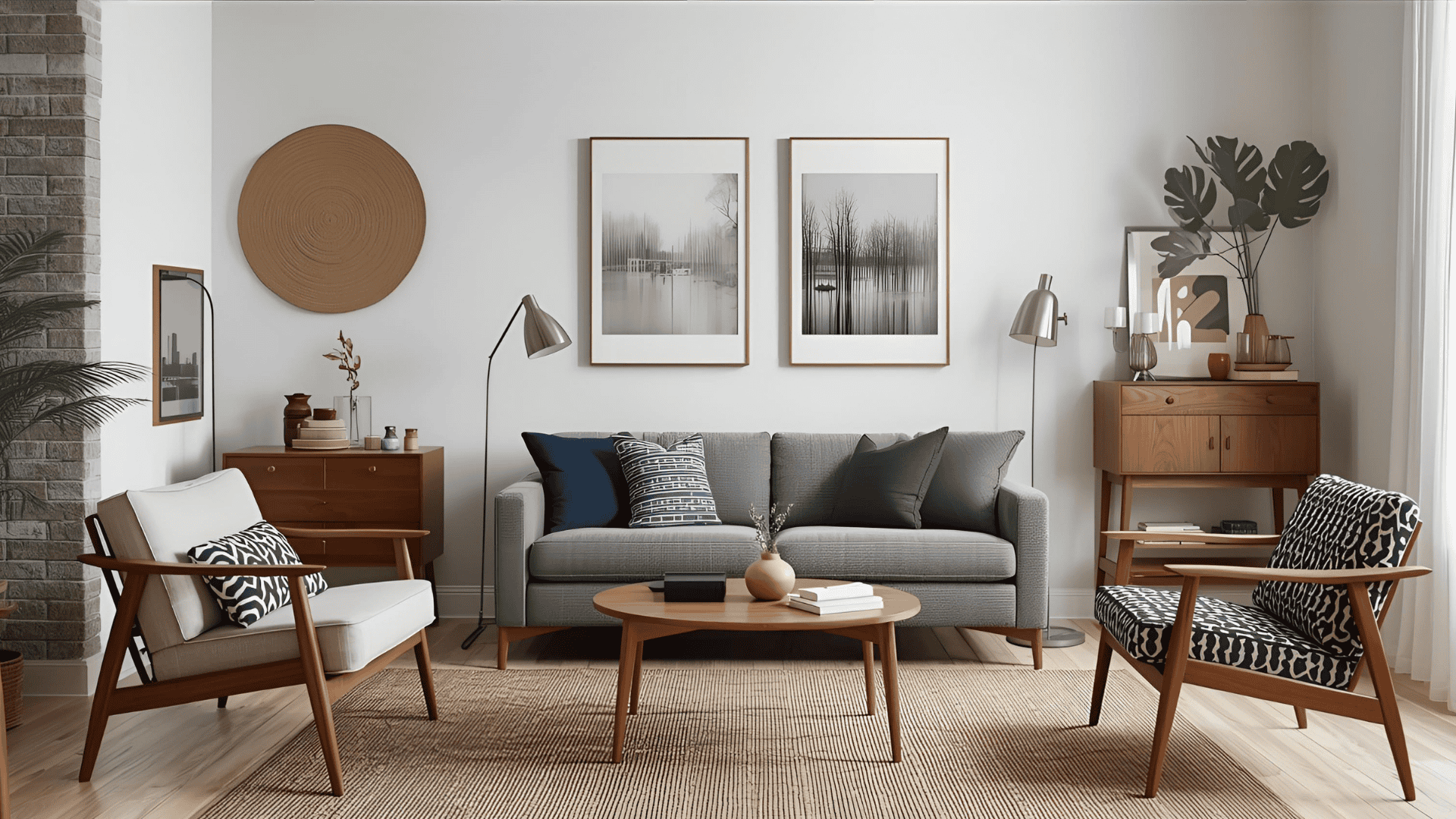
Organic shapes, minimalist silhouettes, and natural woods like teak and walnut. Post-war optimism gave rise to furniture that still feels fresh today.
- Best for: Modern interiors and bespoke woodcraft
- Design note: Timeless appeal that never goes out of style
- Price: $500 – $5,000+
14. Scandinavian Modern (1950s–1970s)
Functional, light, and cozy with natural woods, white tones, and ergonomic comfort. Nordic designers perfected the art of simple living.
- Best for: Small spaces and hygge-inspired homes
- Design note: Soft minimalism that feels warm and inviting
- Price: $400 – $4,000+
15. Postmodern / Memphis (1970s–1990s)
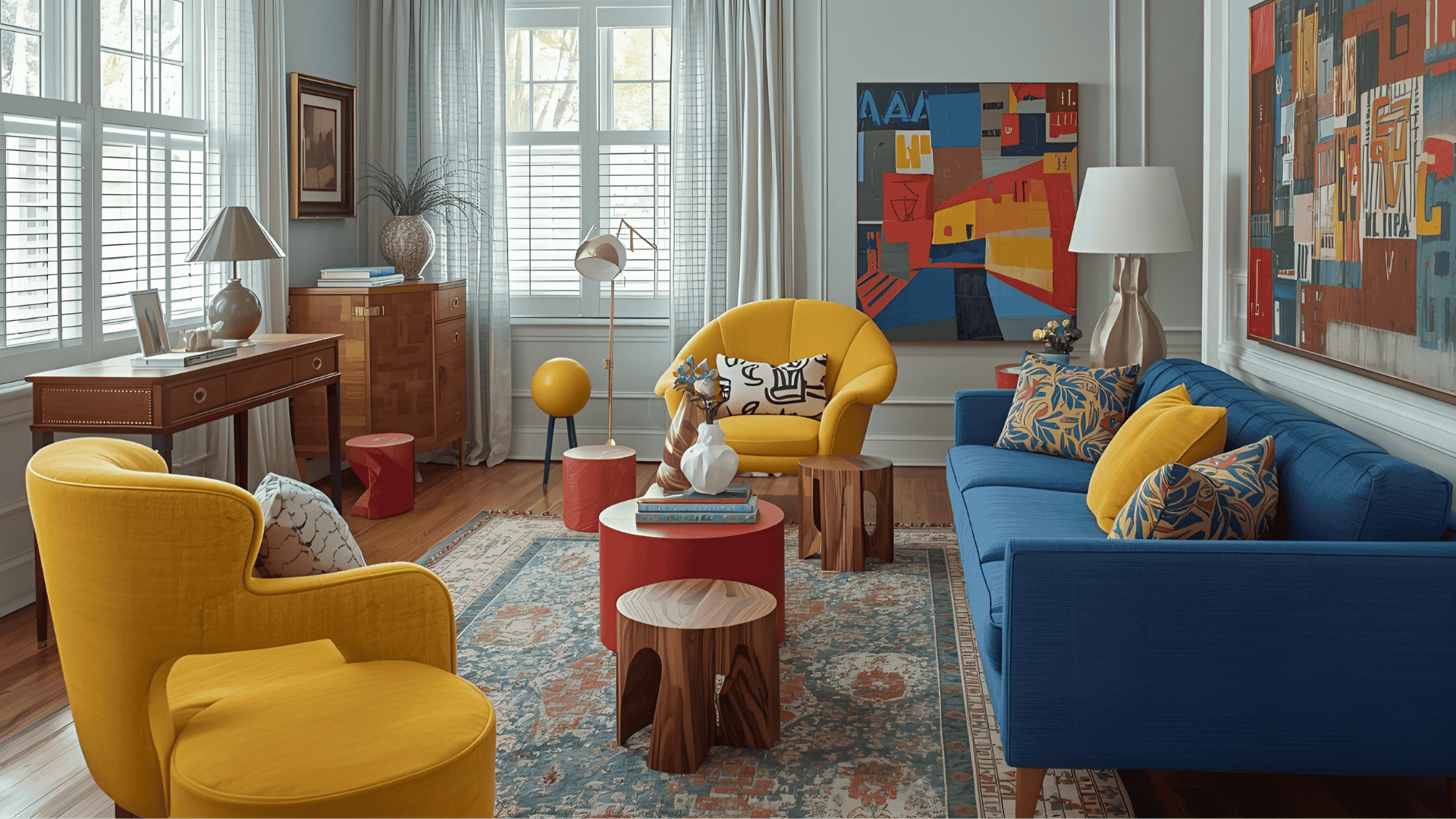
Playful colors, unusual materials, and bold geometric forms. This rebel style rejected minimalism with humor and bright energy.
- Best for: Creative spaces and design enthusiasts
- Design note: Challenges traditional rules with experimental forms
- Price: $600 – $5,000+
16. Industrial (1980s–present)
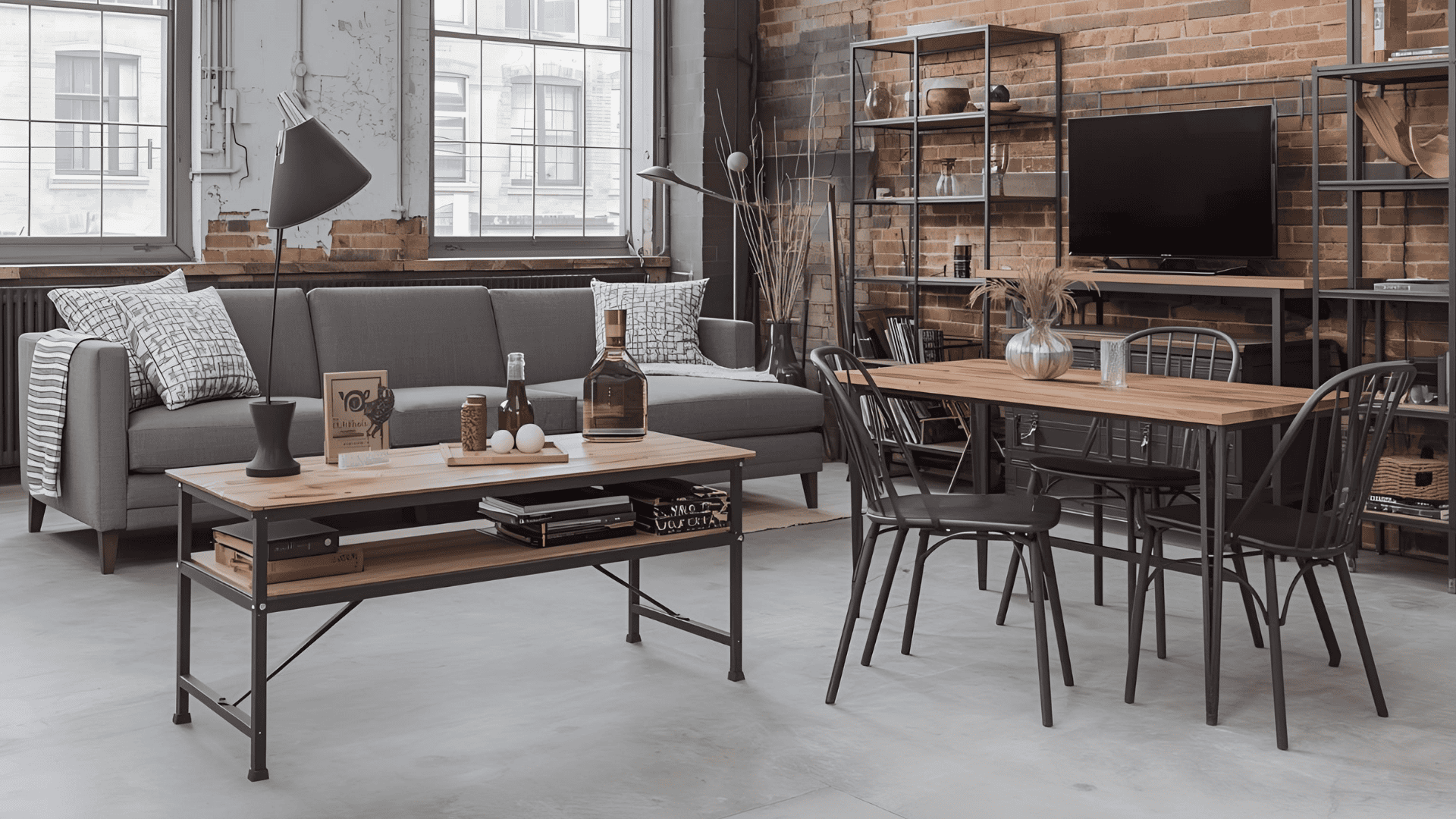
Reclaimed wood, metal frames, and visible bolts. Factory aesthetics infiltrated homes and cafes as urban living spaces expanded.
- Best for: Lofts, cafes, and urban spaces
- Design note: Easy for woodworkers to replicate with mixed media
- Price: $300 – $3,000+
17. Rustic / Farmhouse (1900s–present)
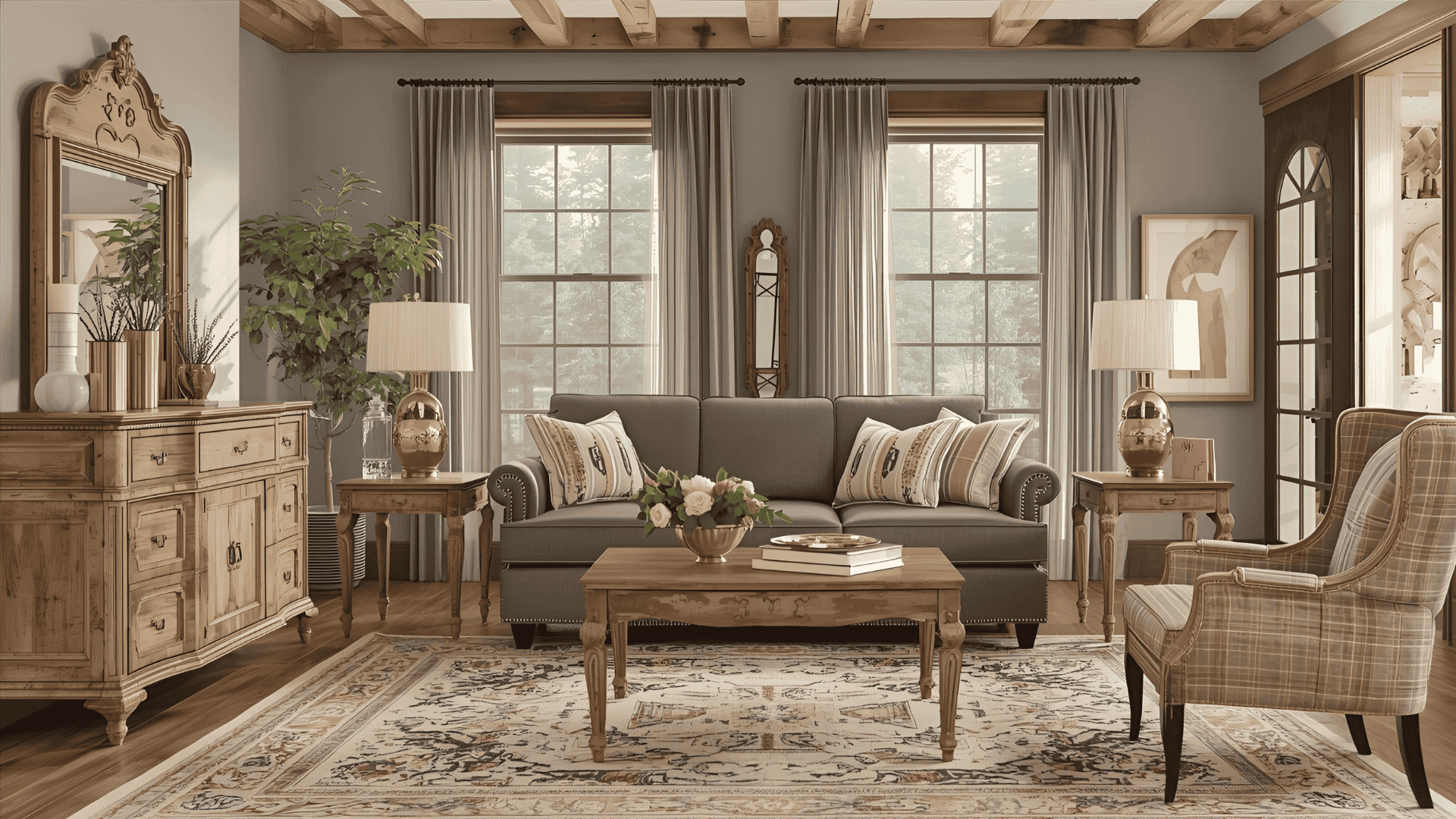
Distressed finishes, solid wood, and lived-in charm. This style brings countryside warmth to any home.
- Best for: Country homes and reclaimed timber projects
- Design note: Works beautifully with hand-planed textures
- Price: $350 – $3,500+
18. Bohemian (1960s–present)
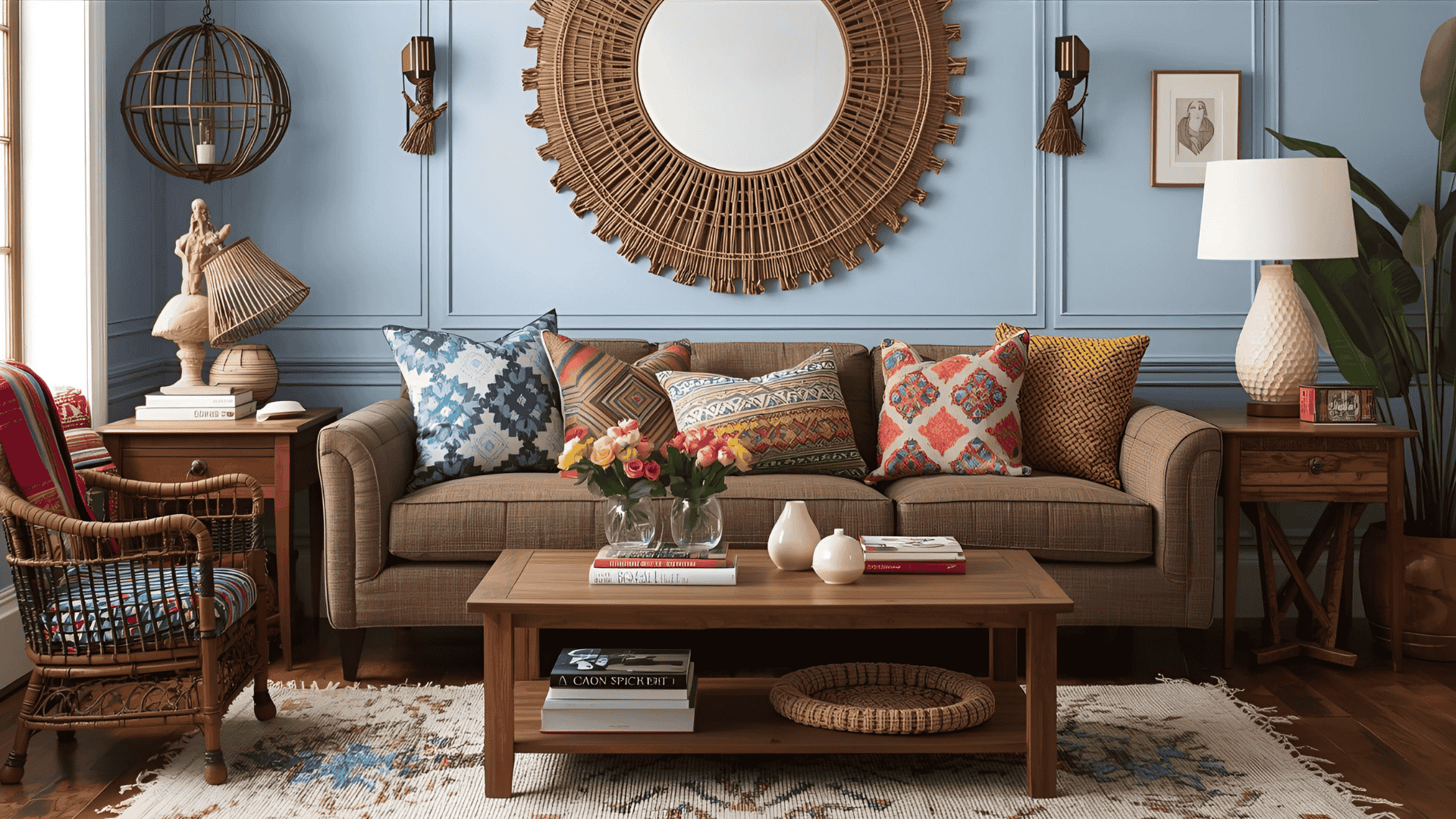
Free-spirited, colorful, and globally inspired with vintage pieces, woven materials, and handcrafted finishes. This style celebrates individuality and collected treasures.
- Best for: Creative reuse projects and eclectic spaces
- Design note: Mix patterns and textures freely
- Price: $250 – $2,500+
19. Coastal / Nautical (1950s–present)
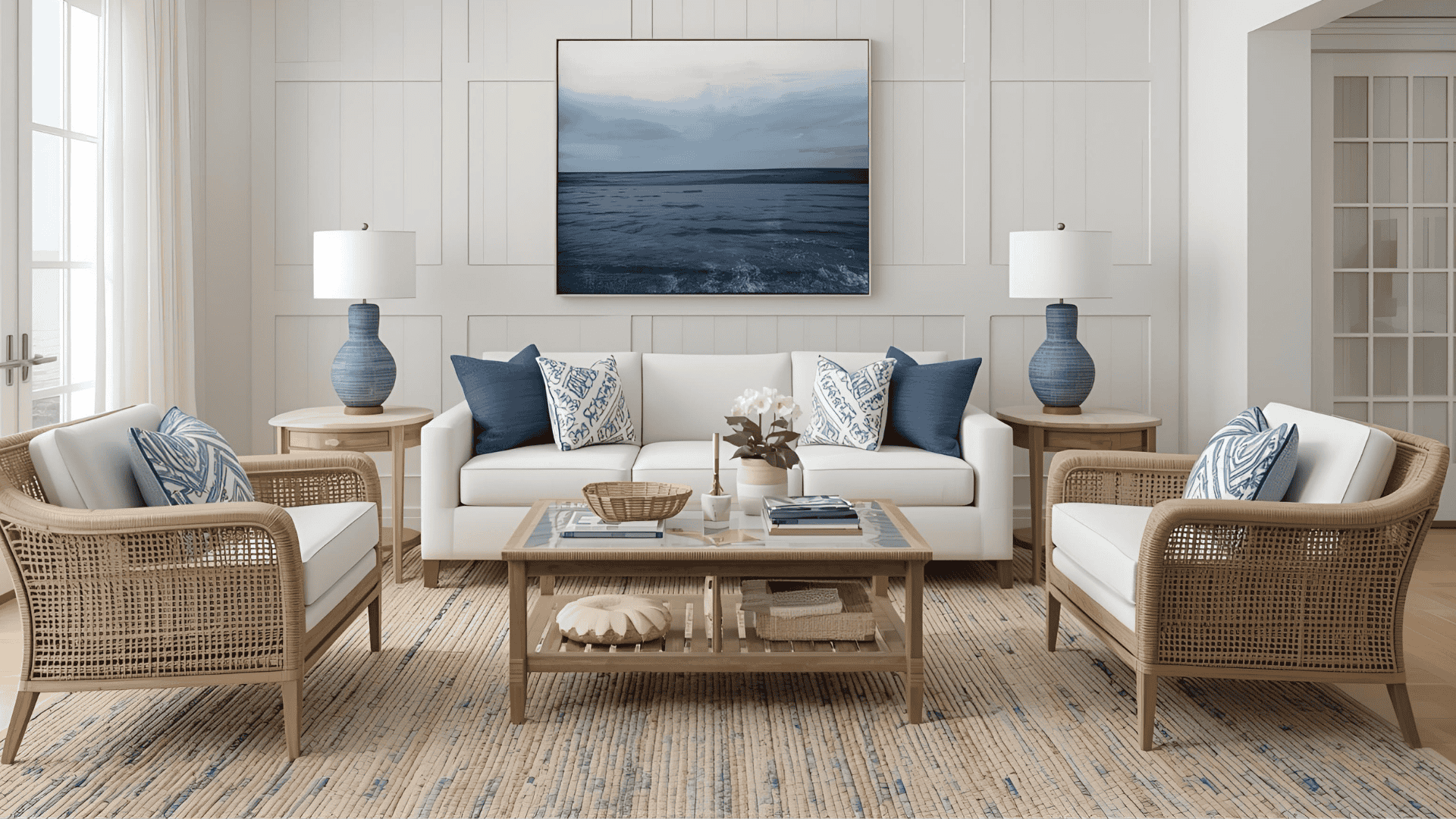
Relaxed whites, blues, and natural fibers with light furniture. Beach living inspired this breezy, casual approach.
- Best for: Beach homes and airy interiors
- Design note: Brings casual comfort to modern coastal living
- Price: $300 – $3,000+
20. Contemporary (1990s–present)
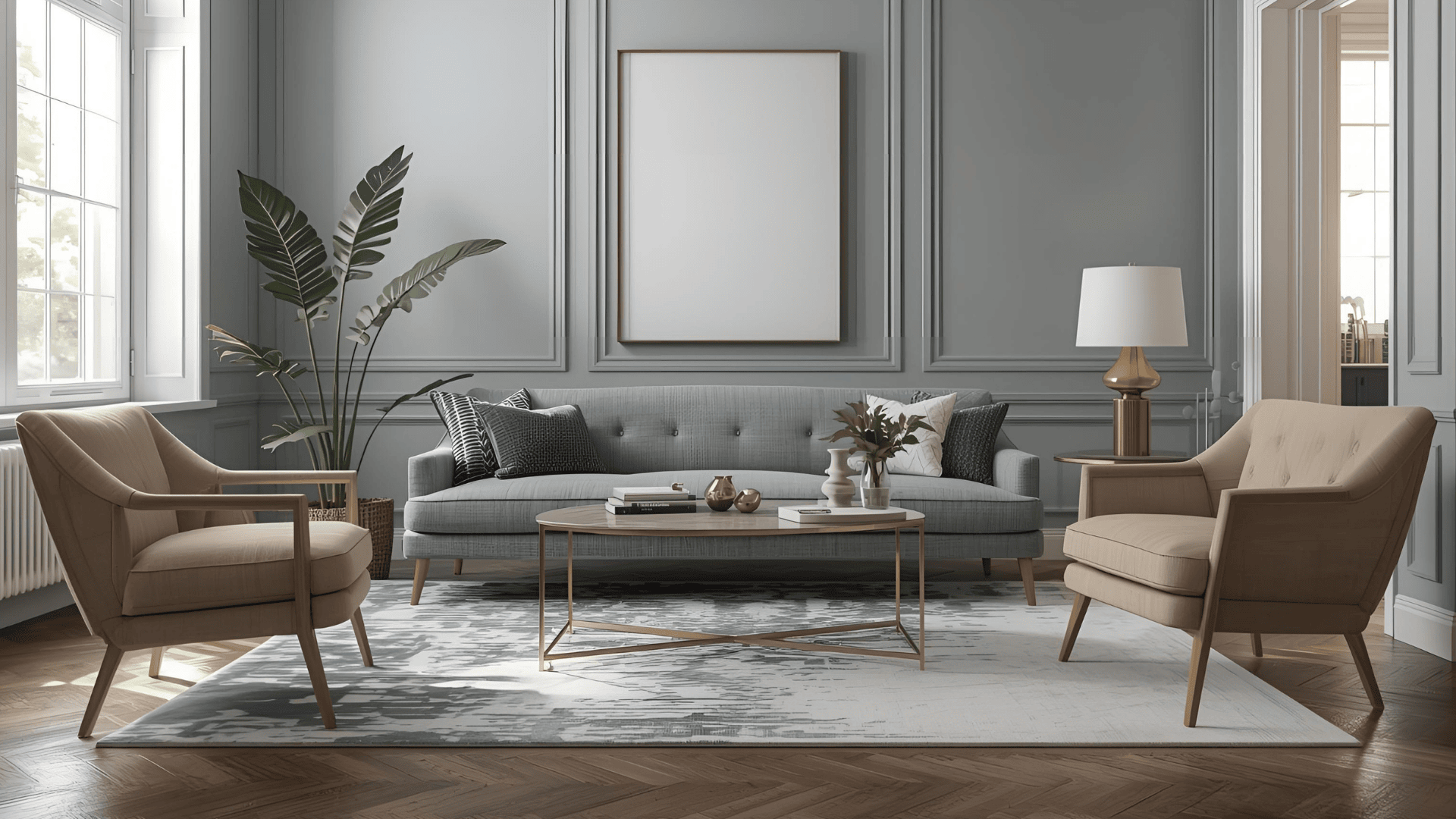
Fluid and often minimalist with an artistic twist, balancing functionality and style. This style adapts and changes with current trends.
- Best for: Modern homes valuing innovation and comfort
- Design note: Stays current with design trends
- Price: $400 – $4,500+
21. Transitional (2000s–present)
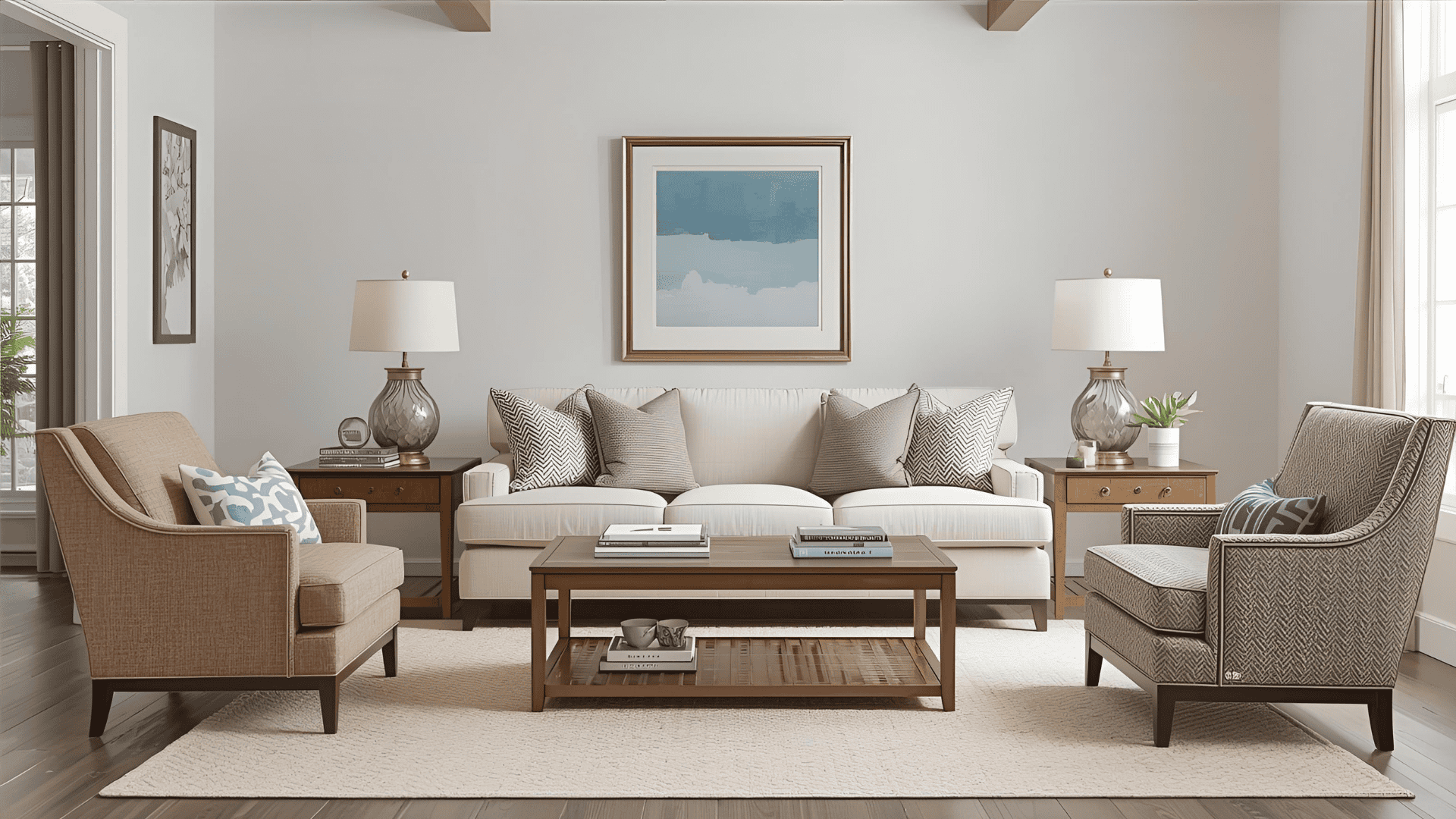
Balanced blend of traditional structure and modern simplicity. This hybrid style offers the best of both worlds.
- Best for: Clients wanting timeless yet updated interiors
- Design note: Safe choice that appeals to many tastes
- Price: $450 – $4,000+
22. Japandi (2010s–present, Japan + Nordic)
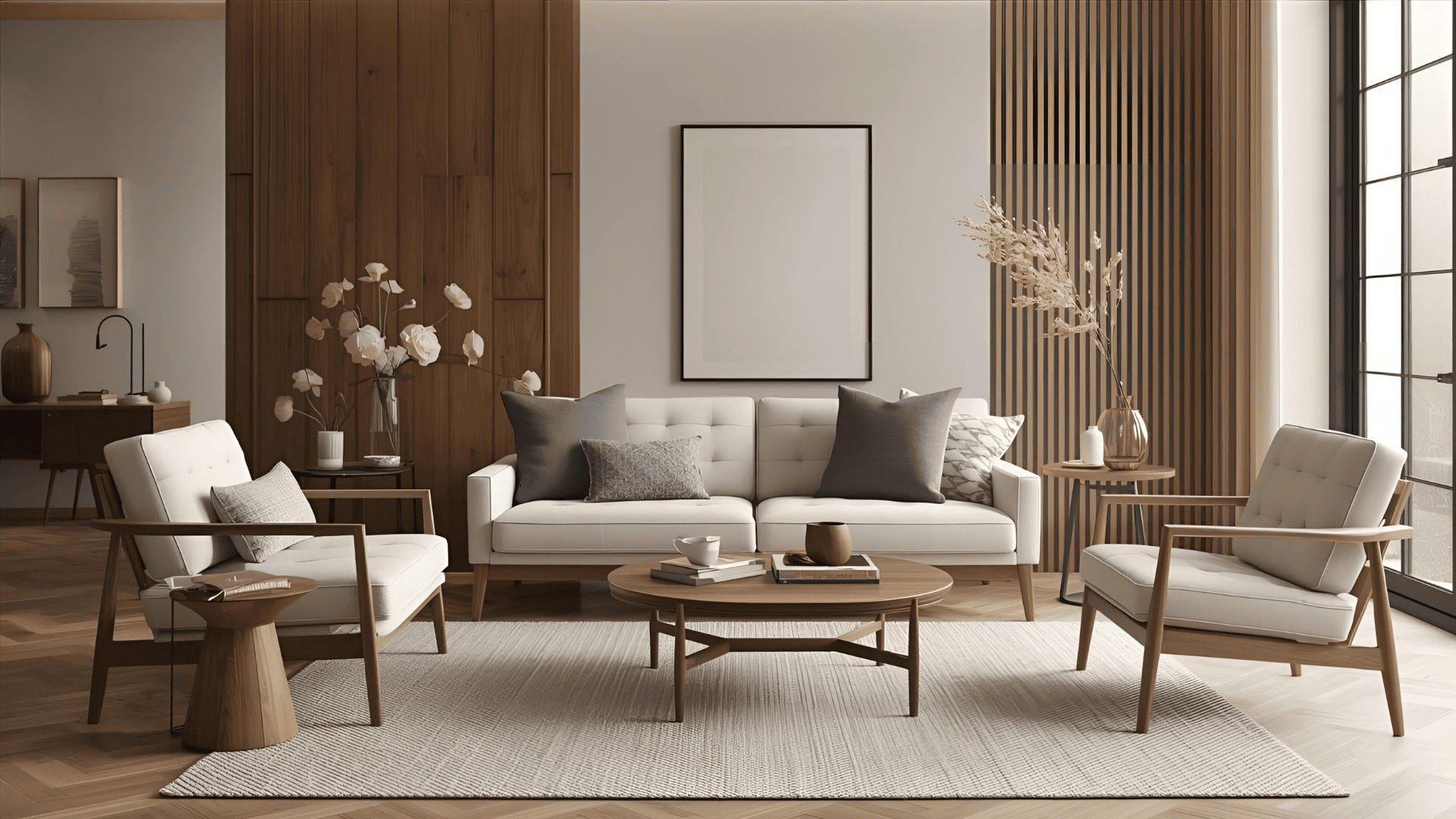
Fusion of Japanese wabi-sabi minimalism and Scandinavian warmth with natural materials and craftsmanship. East meets North in this peaceful design philosophy.
- Best for: Calm, simplified living spaces
- Design note: Focuses on quality over quantity
- Price: $500 – $5,000+
23. Sustainable / Eco-Modern (2010s–present)
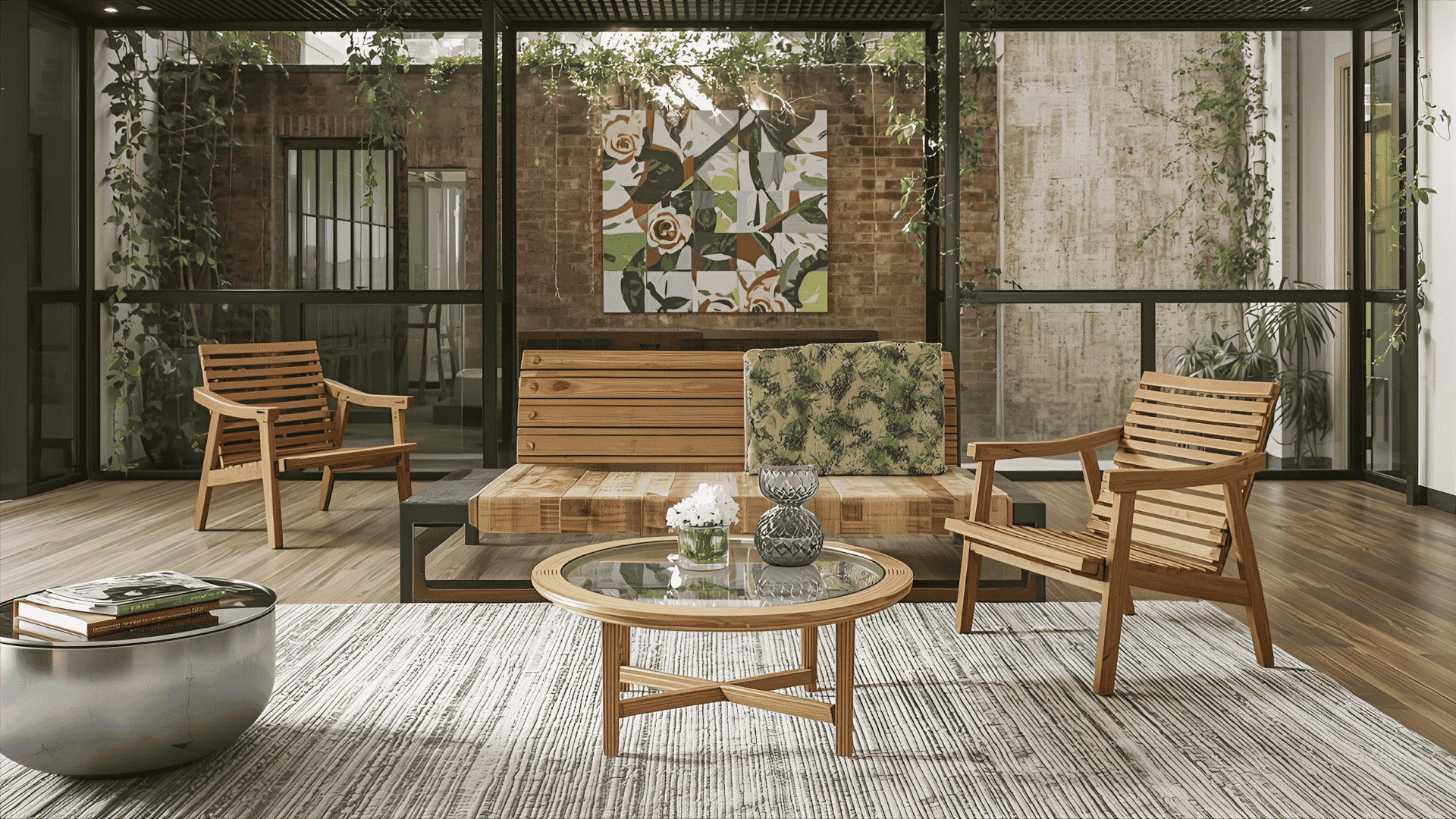
Built from bamboo, reclaimed wood, or recycled metal. Environmental awareness drives this responsible design movement.
- Best for: Green design and ethical woodworking
- Design note: Growing movement in responsible manufacturing
- Price: $400 – $4,500+
24. Minimalist Modern (2000s–present)
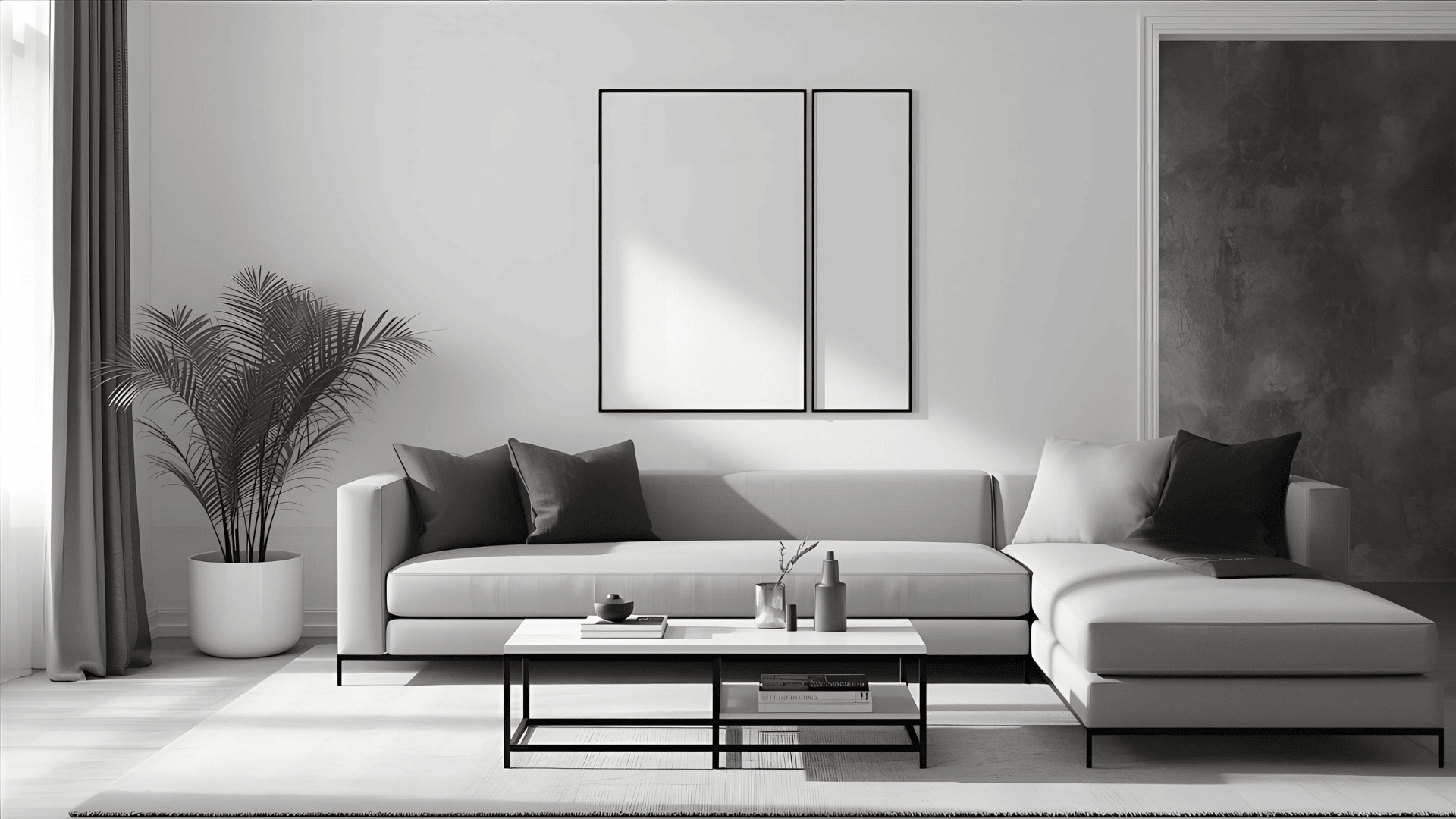
Clean geometry, monochrome tones, and space efficiency. Less becomes more in this intentionally simple style.
- Best for: Small apartments and clutter-free living
- Design note: Prioritizes function and balance over decoration
- Price: $350 – $3,500+
25. Craft Revival / New Artisanal (2020s–present)
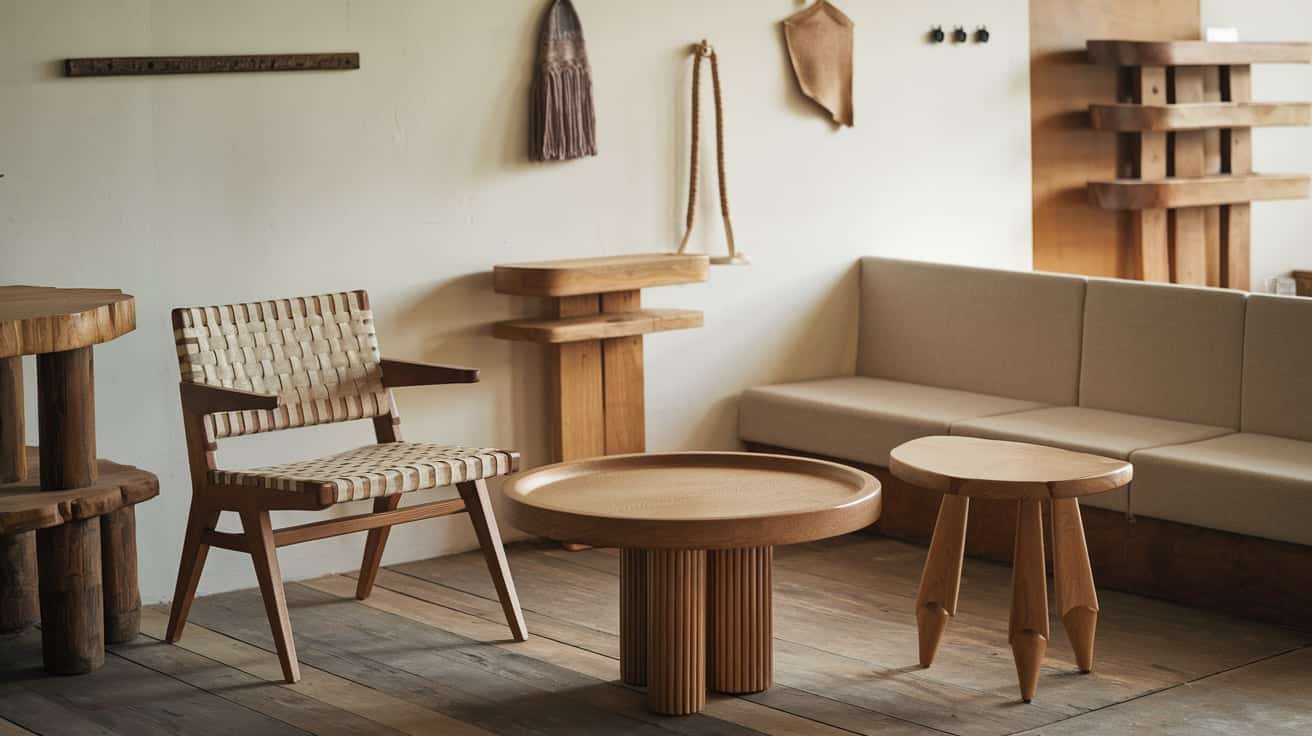
Handmade, small-batch craftsmanship with natural finishes and visible joinery. Today’s makers return to traditional techniques with modern values.
- Best for: Modern craftsmen and conscious consumers
- Design note: Emphasizes transparency and sustainability
- Price: $600 – $8,000+
Applying Furniture Styles in Design & Woodworking
Understanding furniture styles goes beyond recognition; it’s about bringing them to life in real projects.
Designers and woodworkers must strike a balance between historical accuracy and modern needs and budgets. The key is knowing when to honor tradition and when to adapt for practicality.
Key Application Guidelines:
| Guideline | What to Consider |
|---|---|
| Match style to space | Check ceiling height, natural light, and architectural details first |
| Balance authenticity with practicality | Use traditional joinery, but add modern adhesives for strength |
| Mind your material hierarchy | Don’t mix luxury woods with cheap laminate finishes |
| Consider construction time | Victorian carvings take far longer than Scandinavian clean lines |
| Test finishes on sample boards | Wood species react differently to stains, oils, and lacquers |
| Scale proportions appropriately | Adjust palace-sized Baroque pieces for modern room dimensions |
| Study original examples | Visit museums to see authentic construction methods |
| Document your process | Record techniques, materials, and time for future pricing |
How to Mix Furniture Styles Without Losing Cohesion?
Mixing furniture styles successfully begins with choosing one dominant style as your anchor, then adding accents from other periods to create contrast.
The secret is repeating a unifying element throughout the space, whether it’s a consistent color, texture, or metal finish, such as brass or black steel.
Balance heavy and light aesthetics to create harmony: pair a chunky industrial table with sleek Mid-Century chairs, or combine ornate Victorian seating with clean Contemporary lighting.
For example, a Japandi dining table paired with Mid-Century modern chairs creates a space that feels both serene and warm.
The rule is simple: limit yourself to two or three dominant styles maximum, and always tie them together through intentional repetition of materials, finishes, or proportions.
Summing It Up
Furniture styles are more than labels; they’re a design language that helps you make better choices.
From the ornate grandeur of Baroque to the calm simplicity of Japandi, each style offers unique character and purpose. Now you can identify pieces by their silhouette, legs, materials, and joinery.
You understand how to select styles that complement your space, mix them with confidence, and apply them effectively in woodworking or design projects.
The best interiors aren’t about following rules perfectly; they’re about creating spaces that feel authentic to you.
What’s your favorite furniture style? Share your thoughts in the comments below or examine our related guides on wood finishes and joinery techniques for your next project.








